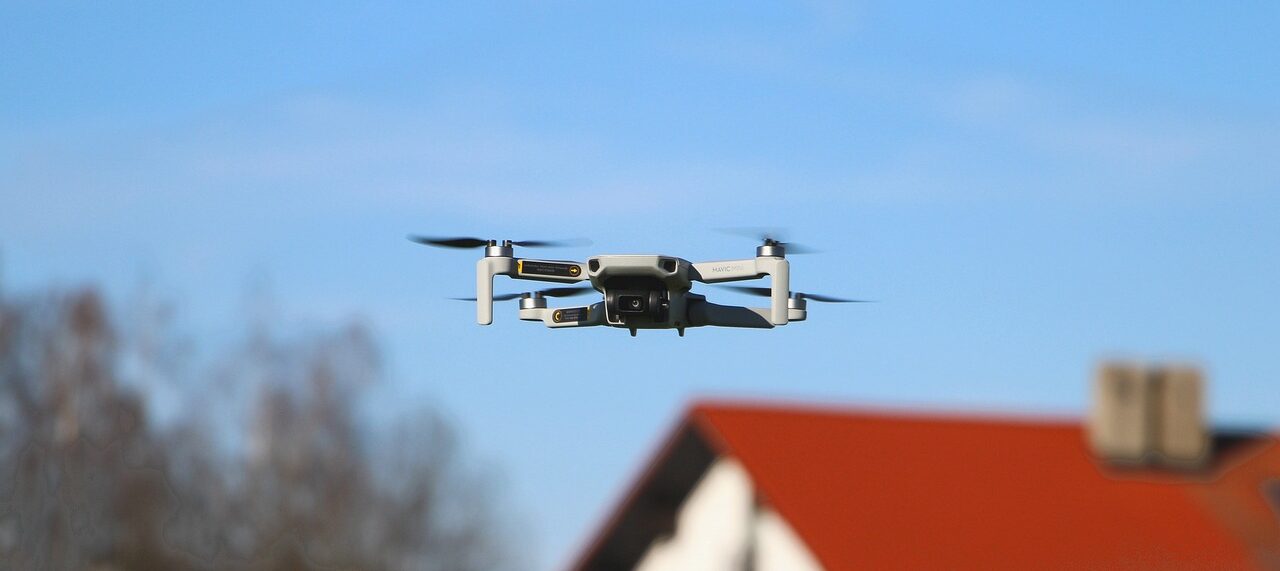Understanding Drone Flight Features: Flight Time, Range, and Speed
Drones, also known as unmanned aerial vehicles (UAVs), have revolutionized various industries and become popular for both recreational and professional use. When choosing a drone, understanding its flight features—specifically flight time, range, and speed—is crucial.
These features directly impact how and where you can use your drone, its overall performance, and suitability for your specific needs.
Flight Time
Flight time refers to the duration a drone can stay airborne on a single battery charge. It’s one of the most important factors to consider, especially if you plan on using the drone for tasks that require extended periods in the air, such as aerial photography, surveying, or search and rescue operations.
Factors Affecting Flight Time:
-
Battery Capacity: Measured in milliampere-hours (mAh), higher capacity batteries generally provide longer flight times.
-
Drone Weight: Heavier drones consume more power, reducing flight time.
-
Environmental Conditions: Wind, temperature, and humidity can affect battery performance.
-
Flying Style: Aggressive maneuvers and high-speed flights drain the battery faster.
Typical Flight Times:
-
Budget Drones: 5-10 minutes (suitable for casual use and learning)
-
Mid-Range Drones: 15-25 minutes (ideal for hobbyists and amateur photographers)
-
High-End Drones: 25-30+ minutes (perfect for professional use)
Extending Flight Time:
-
Carry Spare Batteries: Swapping out batteries can extend your flying sessions.
-
Efficient Flying: Avoiding rapid ascents and aggressive maneuvers can conserve battery life.
-
Lightweight Accessories: Using lighter accessories can help maximize flight duration.
Range
Range refers to the maximum distance between the drone and the controller while maintaining a stable connection. A drone’s range is vital for applications requiring coverage over large areas, such as agricultural monitoring, surveying, or even filmmaking.
Factors Affecting Range:
-
Transmission Technology: Different drones use various transmission technologies (e.g., Wi-Fi, radio, GPS) that influence range.
-
Controller Quality: High-quality controllers with strong antennas typically offer better range.
-
Obstacles and Interference: Buildings, trees, and other obstacles can interfere with the signal, reducing range.
-
Legal Restrictions: Regulations in some countries limit the allowable range for drone flights to maintain safety and privacy.
Typical Ranges:
-
Budget Drones: Up to 100 meters (suitable for close-range activities)
-
Mid-Range Drones: 500 meters to 2 kilometers (good for hobbyist and semi-professional use)
-
High-End Drones: 5 kilometers and beyond (ideal for professional applications)
Maximizing Range:
-
Line of Sight: Maintaining a direct line of sight between the drone and the controller helps ensure a stable connection.
-
Avoid Interference: Flying in areas with minimal Wi-Fi and radio signal interference can improve range.
-
Upgrade Antennas: Some drones support antenna upgrades for extended range.
Speed
Speed refers to how fast a drone can travel through the air. Speed is crucial for specific applications such as racing, capturing fast moving subjects, or covering large areas quickly in professional inspections and surveys.
Factors Affecting Speed:
-
Motor Power: More powerful motors can provide higher speeds.
-
Aerodynamics: Sleek, aerodynamic designs reduce air resistance, allowing faster flight.
-
Battery Performance: High-speed flight drains batteries faster, so balance is essential.
-
Weight: Lighter drones can achieve higher speeds more easily.
Typical Speeds:
-
Budget Drones: 10-20 km/h (sufficient for casual use and practice)
-
Mid-Range Drones: 20-50 km/h (suitable for hobbyists and some professional uses)
-
High-End Drones: 50 km/h and above (perfect for professional applications and racing)
Enhancing Speed:
-
Optimize Weight: Removing unnecessary weight can increase speed.
-
Battery Health: Ensuring batteries are in good condition helps maintain optimal performance.
-
Aerodynamic Adjustments: Minor tweaks to the drone’s design can improve aerodynamics and speed.
Practical Considerations
When choosing a drone, it’s important to consider how flight time, range, and speed will affect your specific use case.
Here are some practical scenarios to illustrate this:
Aerial Photography/Videography:
-
Flight Time: Longer flight times are crucial to capture extended shots and multiple angles without frequent battery changes.
-
Range: A moderate to long-range is beneficial to cover various locations without having to reposition frequently.
-
Speed: Moderate speed is sufficient, as the focus is on stable and smooth footage rather than rapid movement.
Surveying and Mapping:
-
Flight Time: Extended flight times allow for the comprehensive coverage of large areas.
-
Range: A long range is essential to survey extensive properties or terrains.
-
Speed: Moderate to high speed can help cover ground quickly while collecting data efficiently.
Racing:
-
Flight Time: Shorter flight times are typical due to the high power demands of fast flying.
-
Range: Moderate range is usually sufficient, as racing often occurs in controlled environments.
-
Speed: High speed is critical to compete effectively in races.
Casual/Recreational Use:
-
Flight Time: Moderate flight times are generally sufficient for casual flying sessions.
-
Range: Short to moderate range is adequate for most recreational activities.
-
Speed: Low to moderate speed allows for enjoyable and controlled flying.
Conclusion
Understanding the flight features of drones—flight time, range, and speed is essential for selecting the right drone for your needs. Budget drones are great for beginners and casual use, offering basic features at an affordable price. Mid-range drones provide a balance of cost and functionality, ideal for hobbyists and amateur photographers. High-end drones deliver advanced features and superior performance for serious enthusiasts and professionals, while professional drones cater to high-end applications with cutting-edge technology and exceptional capabilities.
By considering these flight features and how they align with your intended use, you can make an informed decision and invest in a drone that enhances your flying experience and meets your specific requirements. Whether for photography, surveying, racing, or recreational use, the right drone can open up new perspectives and opportunities, making your investment worthwhile and enjoyable.

